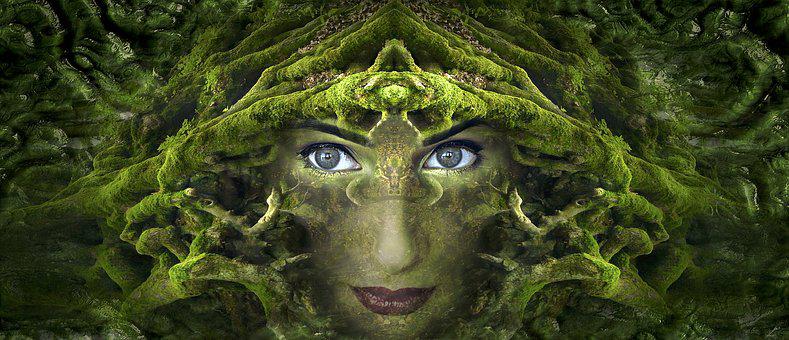The photographic exhibition “From rituality to meditation: a look at yoga from the Colombian Gold Museum” is currently exhibited at the Casa Colombia facilities in New Delhi, the capital of India. This sample allows a look at the archaeological collection from the review of the contemplative positions in which some of the pieces are found.
The exhibition arrived in the Asian country thanks to an alliance between the Gold Museum of the Bank of the Republic and the Embassy of Colombia in India.
This collection of the Gold Museum has been investigated from various disciplines: music, biology, design and even mathematics, letting itself be captivated by sound objects, realistic representations of fauna and flora, unprecedented patterns and extraordinary geometries. However, it had never been studied from yoga, until Ángela Pesantez, curator of the museum and yogi teacher, began to notice the similarities between the positions of the pieces with which she works and the asanas and postures she performs in her meditative practices.
observation and research
As a result of observing these curious similarities, in 2021 a photo production was made where different pieces were compared in meditative postures with traditional yoga asanas. These photos were published on the Facebook and Instagram accounts of the Gold Museum with explanations about the benefits of each position and the origin of each archaeological piece with the #MuseoDelOroYoga.
This year, and thanks to the success it had on networks, the project came to New Delhi and became the exhibition “From rituality to meditation: a look at yoga from the Colombian Gold Museum”, an exhibition made up of a series of photographs taken in the gardens of the Ethnographic Museum of Leticia, which continues with the initial idea of comparing the contemplative postures of the archaeological pieces with the asanas of yoga.
Mariana Pacheco, Colombian ambassador to India, affirms that “the photographic exhibition is an innovative proposal that invites reflection on the ancient links that exist between our peoples around the rituality and spirituality of our ancestors.”
About the poses
When observing in detail some of the characters that are part of the pieces of the archaeological collection of the Gold Museum, you can see them sitting on a lotus flower, with peaceful and smiling faces. It is difficult not to detect some similarities between the positions of the pieces and the usual meditative postures in the practice of yoga. Asanas, according to yoga, could be defined as firm and comfortable postures at the same time. The two qualities that are sought in the practice of yoga postures or asanas are, firstly, ‘sthira’, which in Sanskrit means “firm”, and secondly ‘sukha’, which in Sanskrit means “good space”. ”, and refers to a state of well-being free of obstacles. Thus, asanas promote emotional well-being from the firmness of the body.
What were the ancient people looking for when assuming meditative postures? Would they have the same intentions as the asanas? Is there any connection between these ways of thinking and maintaining balance in the world?
Recently, the Gold Museum carried out an activity called “From rituality to meditation”, within the framework of the celebration of the International Day of Yoga, last June.
With a tour of the exhibition, led by Ángela Pesantez, preventive conservator and yogi teacher, the similarities between yoga and pre-Hispanic pieces are discovered. “With this in mind we connect with the past and with ourselves by assuming ancient postures of meditation and ritual,” she said.
exhibits
Currently, the Gold Museum has several relevant exhibitions, including “Threads that connect us with the past”, which includes embroidered pieces that reflect the beauty of archaeological pieces; such as the shape, the pattern, the texture, or its cultural value and its meaning that lead to knowing the before of our ancestors. This exhibition is open to the public until September 18.
It should be noted that the Gold Museum offers four permanent exhibition halls and two temporary exhibition halls. The texts of the permanent exhibitions are bilingual, in Spanish and English.
The archaeological and ethnographic collection of the Banco de la República brings together objects that are part of the cultural heritage of the Colombian Nation and bear witness to the country’s past and present: they are a symbol of our identity. Since 1939, Banco de la República has set out to preserve these valuable collections in the Gold Museum, and in doing so contributes to the well-being of Colombians.
Pieces from the Gold Museum encourage yoga in New Delhi, India

